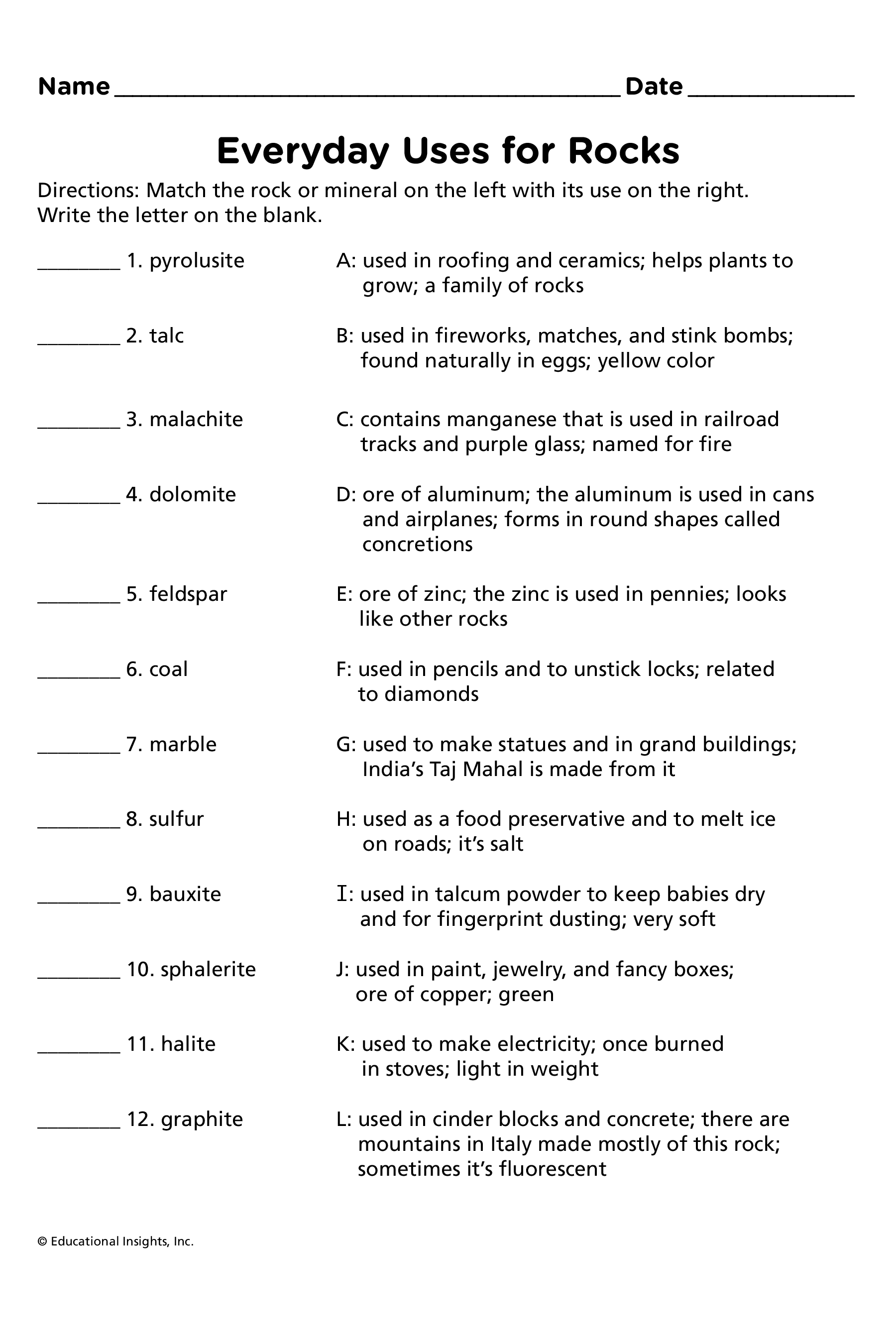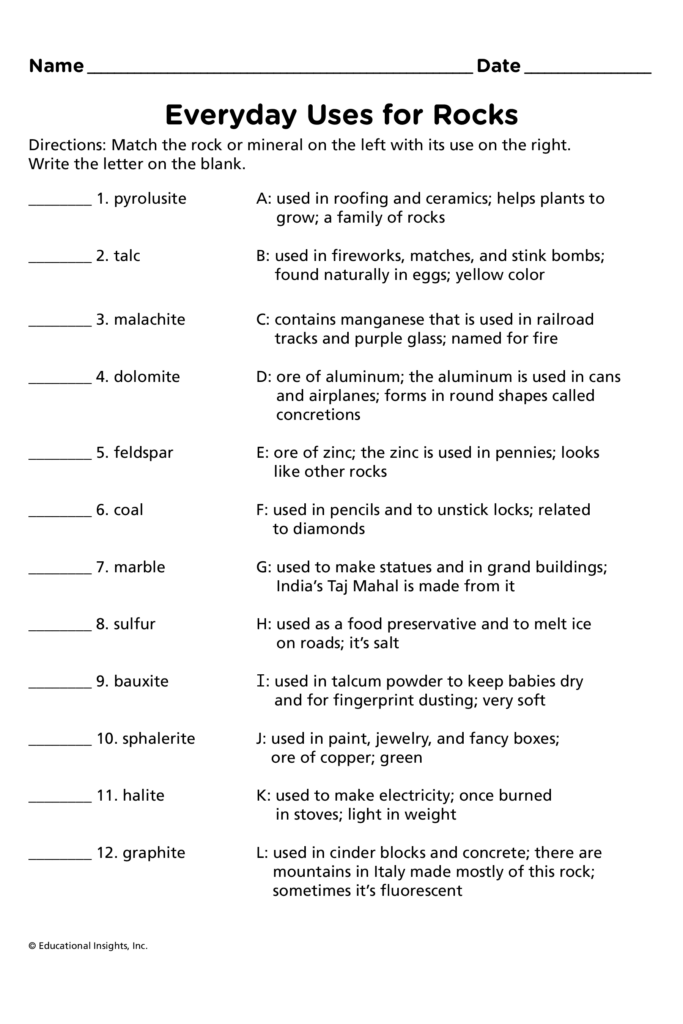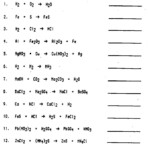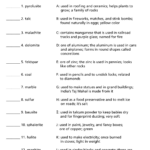Grade 10 Chemistry Chemical Reactions And Equations Worksheet – This Chemistry Equations Worksheet will help students understand the language of chemical equations. This worksheet should be completed after students have learned the rules of chemical formulae, bonding and state symbols, and enables teachers to provide feedback on where students may be lacking. The worksheet is divided into two parts. Page one summarizes the rules for writing chemical equations. However, some of these rules will not be relevant for A Level students.
Chemical equations in balance
A chemical equation can be broken down into two parts: a reactant or product. The equation is separated by an arrow, so in the example below, the reactants are H2 and O2 and the products are H20 and CO2. Balance a chemical equation requires that the products and reactants must be equal. It can be hard to balance a chemical formula. However, there are ways around this.
To help students learn how to balance chemical equations, there is a balancing chemical equations worksheet available online. The worksheet includes ten unbalanced equations as well as an answer key. It is a great resource for elementary students learning about the chemical process. The worksheet can be completed on a tablet by students. They can also check their understanding using the answer key.
A balancing Chemical Equations worksheet is a visual activity that helps students to understand the differences between coefficients and subscripts when they are learning about balancing. The worksheet also explains why it is important to balance chemical equations, and how to do it. Using a balancing chemical equations worksheet makes it easy to create multiple worksheets, with each worksheet containing a matching answer sheet.
Understanding the Law of Conservation of Mass is essential when learning about chemical equations. The Law of Conservation of Mass says that both sides of a chemical equation must have equal numbers of atoms. To balance a chemical equation, first find an element that has a single reactant and one product. Then, use this element to balance the first one.
Classify reactions
A chemistry equation describes a chemical reaction in mathematical terms. Magnesium reacts with oxygen gas in order to make a solid magnesium oxide. Calcium metal reacts to water to create calcium hydroxide precipitate. When nitrogen reacts with hydrogen gas, ammonia is formed. The reaction does not destroy ammonia, which is unlike other chemical reactions. Therefore, the atoms are unaltered.
Chemical reactions are common everyday processes. These processes change the chemical structure of reactants and produce new substances. These reactions cause changes in the bonds structures of substances. These changes can occur as a result of energy use or release. Many physical indicators can also be observed. These characteristics help classify reactions.
An acid-base reaction is a common chemical reaction in nature. The two reactants react by exchanging electrons. When an acid reacts with a base, it neutralizes the acid. In addition, an acid and a base can react with each other to form a new substance. Similarly, a precipitation reaction is a reaction in which the reactants disperse in a liquid. Depending on the solubility properties of the reactants, different precipitates can be formed. There are also redox reactions, which involve the transfer of electrons between two or more reactants and result in ionic products. Hydrolysis reactions also use water as one reactant. They produce smaller products such as CO and H2.
Determine coefficients
The first step in solving chemical equations is to determine the coefficients. The coefficients represent the elemental amounts in a chemical equation as whole numbers. They are calculated by balancing the numbers of the atoms on either side of the equation. For example, if a chemical has 10 atoms of oxygen and one atom of sulfur, the coefficient for oxygen would be 2. If the atoms on the opposite side of the equation have the same number, they are said to be a mixed compound.
You must correctly write reactants and products in order to balance chemical equations. You should also use symbols to indicate the state of substances. If the substance is a salt, for example, it should be written NaCl. It should not be written Na2Cl2.
Next, we need to balance the atoms with the molecules in order to solve chemistry equations. We all know that the chemical equations must have equal amounts of both substances. Chemical equations must also be balanced, as each type of atom must be represented equally.
To determine the molar mass for a given element, you can use stoichiometric relationships to solve a chemical problem. By calculating the molar mass, you can convert Fe(s) into H2(g). The molar mass for H2O, for example, is twice that of a single H-atom.






